Here it is....the proposed landscape backbone!
whaas_5a
13 years ago
Related Stories
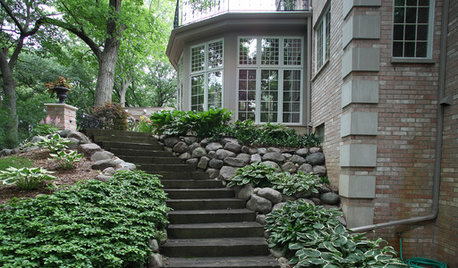
GARDENING AND LANDSCAPINGHow to Work With a Landscape Pro
Lush lawns and gardens don't create themselves. Here's how to work with a landscaping professional for a smooth process and pleasing results
Full Story
DECORATING GUIDESCalifornia Law: License to Practice Interior Design?
A proposed bill that would require a license to practice interior design in California has Houzzers talking. Where do you stand?
Full Story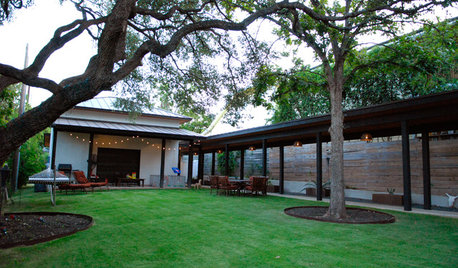
TREESHow to Protect Your Trees When You’re Remodeling or Building
Will your home be undergoing construction this year? Be sure to safeguard your landscape’s valuable trees
Full Story
LANDSCAPE DESIGNCalifornia Says Goodbye to the Sprawling Ornamental Lawn
New state rules will effectively limit turfgrass to 25 percent of the landscape in most new and renovated yards
Full Story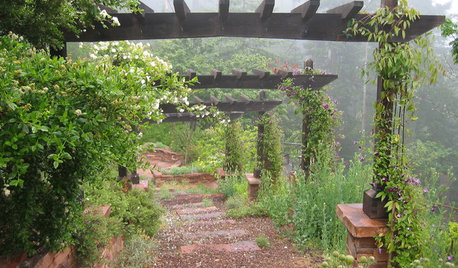
LANDSCAPE DESIGN3 Essential Elements of an Artful Garden Path
Make getting there half the fun with this insight from a landscape architect on designing a thoughtful path
Full Story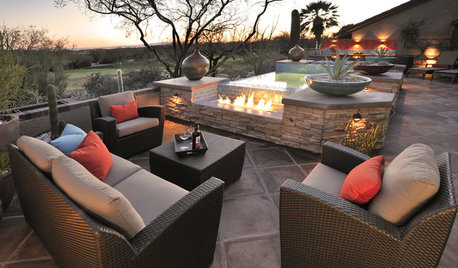
GARDENING AND LANDSCAPINGGarden Tour: A Colorful Patio Blooms in the Arizona Desert
A landscape designer transforms a couple's backyard patio into a feature-packed oasis
Full Story
INSPIRING GARDENSInside Houzz: A Waterfront Property Ditches the Grass for a Garden
New drought-tolerant plantings and outdoor gathering spaces help this California backyard take in the view without wasting space or water
Full Story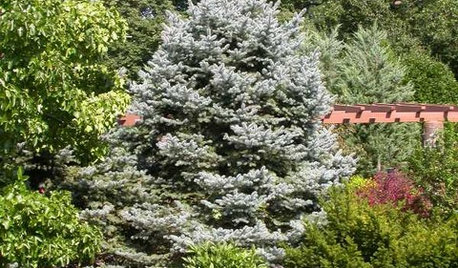
LANDSCAPE DESIGN10 Evergreens for Beautiful Foliage All Year
Give your landscape consistent color and structure with the emeralds, chartreuses and blues of evergreen trees and shrubs
Full Story
INSIDE HOUZZHow Much Does a Remodel Cost, and How Long Does It Take?
The 2016 Houzz & Home survey asked 120,000 Houzzers about their renovation projects. Here’s what they said
Full Story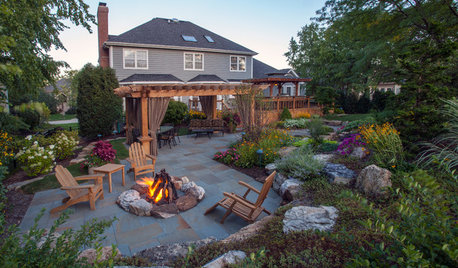
GARDENING AND LANDSCAPING3 Ways to Bring the Heat to Outdoor Living Spaces
Here’s what to know about surviving winter’s bite with an outdoor fireplace, fire pit or heat lamp
Full Story







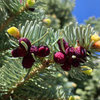

greenthumbzdude
gardener365
Related Professionals
Ferndale Landscape Architects & Landscape Designers · New Mexico Landscape Architects & Landscape Designers · Palm Springs Landscape Architects & Landscape Designers · Medford Landscape Contractors · Bell Gardens Landscape Contractors · Broadlands Landscape Contractors · Cliffside Park Landscape Contractors · Doctor Phillips Landscape Contractors · Estelle Landscape Contractors · Flagstaff Landscape Contractors · Porterville Landscape Contractors · Red Oak Landscape Contractors · Rochester Landscape Contractors · San Bruno Landscape Contractors · Wilton Landscape Contractorsdcsteg
gardener365
gardener365
whaas_5aOriginal Author
ken_adrian Adrian MI cold Z5
gardener365
whaas_5aOriginal Author
ken_adrian Adrian MI cold Z5
gardener365
gardener365
lpptz5b
gardener365
tsugajunkie z5 SE WI ♱
whaas_5aOriginal Author
tsugajunkie z5 SE WI ♱
tsugajunkie z5 SE WI ♱
whaas_5aOriginal Author
tsugajunkie z5 SE WI ♱
gardener365
whaas_5aOriginal Author
gardener365
dcsteg
whaas_5aOriginal Author
gardener365
tsugajunkie z5 SE WI ♱
dcsteg
whaas_5aOriginal Author
whaas_5aOriginal Author
whaas_5aOriginal Author
gardener365
whaas_5aOriginal Author
whaas_5aOriginal Author
gardener365
gardningrandma
gardener365
whaas_5aOriginal Author
gardener365
gardener365
gardener365
mrgpag SW OH Z5/6
whaas_5aOriginal Author
gardener365
whaas_5aOriginal Author
gardener365